Optimal Timing for Window Repairs
Understanding the optimal timing for window repairs can influence the quality and longevity of the work. Typically, mild weather conditions provide the best environment for repairs, reducing risks associated with extreme temperatures or precipitation. Scheduling repairs during periods of stable weather ensures materials set properly and prevents delays.
These seasons offer moderate temperatures and lower humidity, ideal for window repairs and maintenance. Mild weather helps ensure proper adhesion and sealing.
Cold temperatures and snow can hinder repair work, cause materials to freeze or crack, and delay project completion.
High temperatures and humidity may affect sealants and adhesives, making late spring or early fall preferable for repairs.
Exterior window repairs are best scheduled during dry, mild weather to prevent issues caused by rain or extreme heat.

Spring offers optimal conditions for effective window repairs, with moderate temperatures and low humidity.
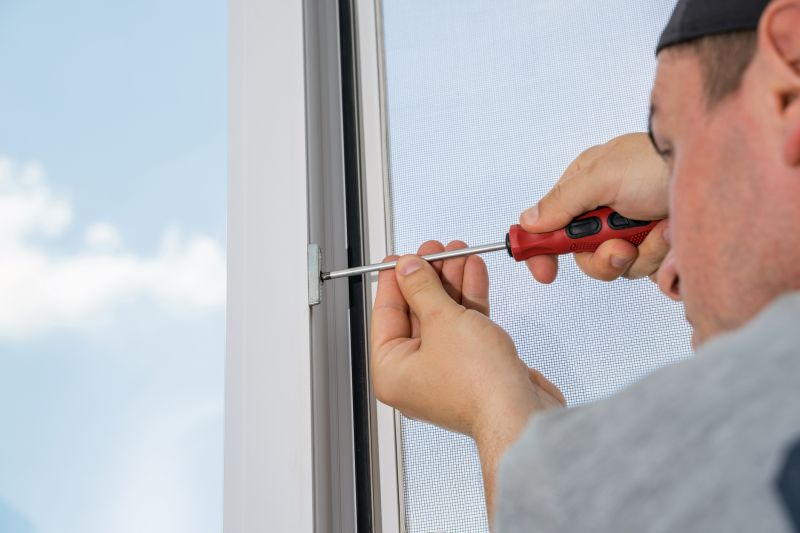
Winter weather can cause delays and complications in window repair projects due to cold and moisture.
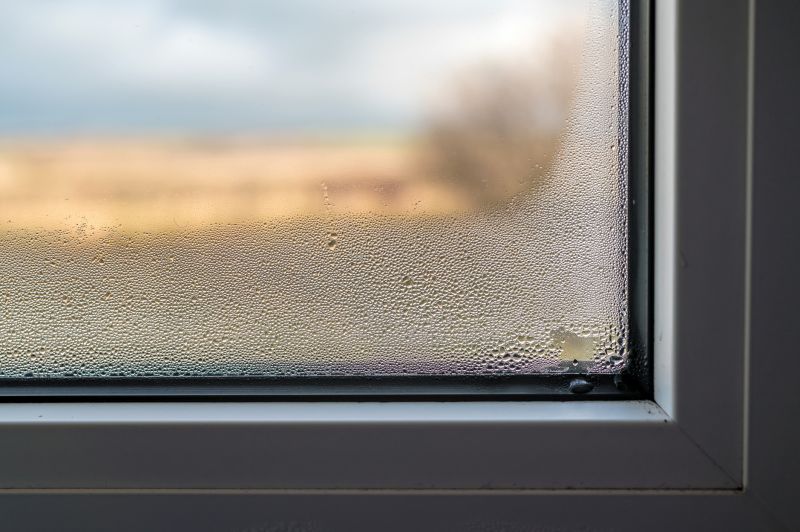
Performing repairs during cooler parts of summer helps avoid issues related to heat and humidity.
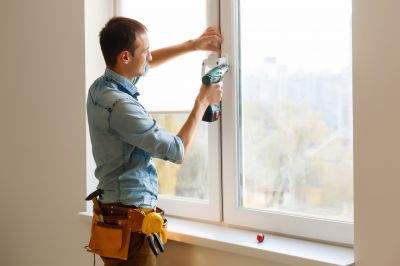
Ways to make Window Repairs work in tight or awkward layouts.
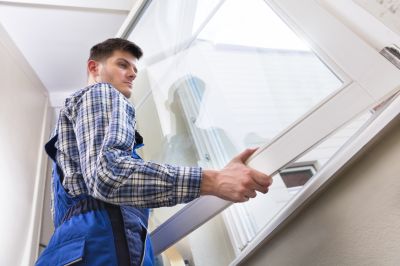
Popular materials for Window Repairs and why they hold up over time.

Simple add-ons that improve Window Repairs without blowing the budget.
| Season | Best for Window Repairs |
|---|---|
| Spring | Ideal for exterior and interior repairs due to moderate weather. |
| Summer | Suitable during early or late summer, avoiding peak heat. |
| Fall | Excellent for exterior repairs with stable weather conditions. |
| Winter | Generally not recommended due to cold and moisture challenges. |
Window repairs are essential for maintaining energy efficiency, security, and aesthetic appeal of a property. Properly functioning windows prevent drafts, reduce energy costs, and enhance safety. Regular inspections and timely repairs can extend the lifespan of windows and prevent more costly replacements. Understanding seasonal considerations helps ensure repairs are completed effectively and efficiently.
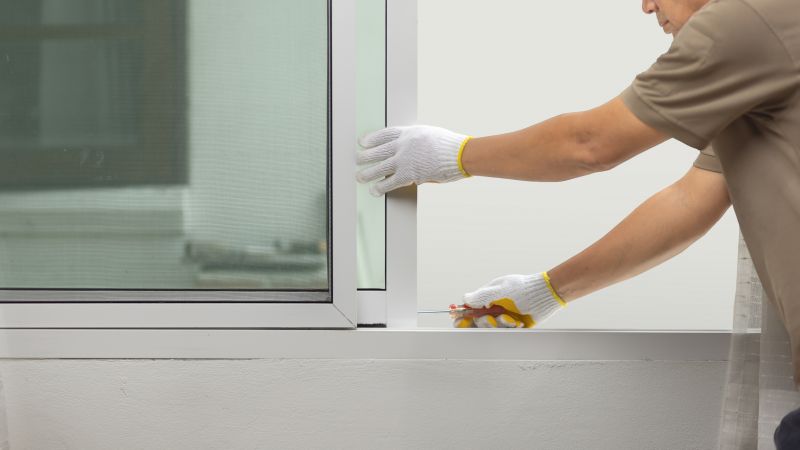
Tools and materials used in professional window repairs ensure quality and durability.
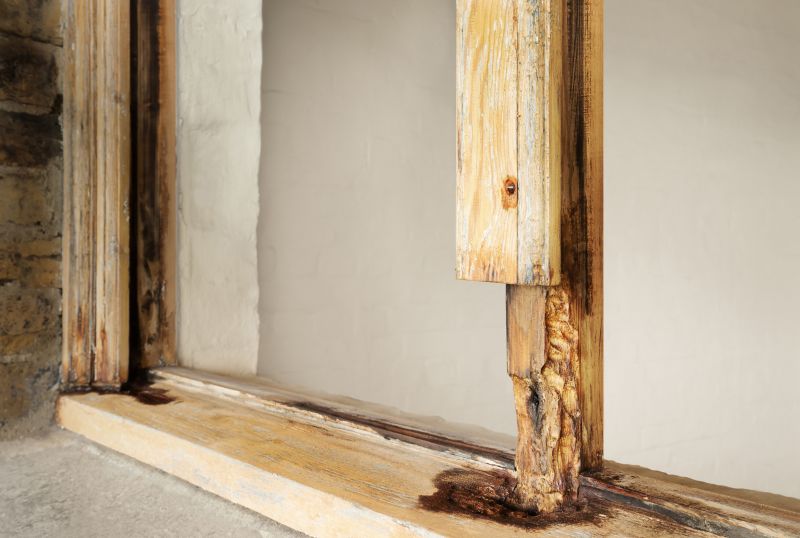
Identifying issues such as rotting or warping is crucial for effective repairs.
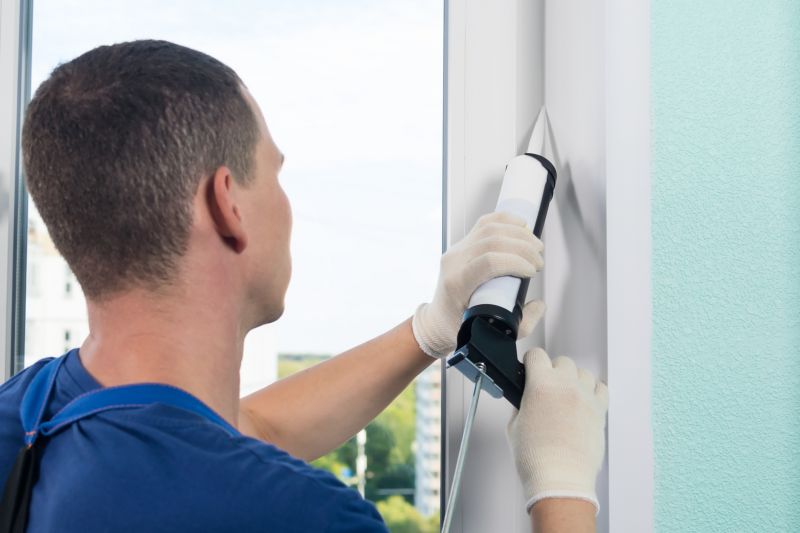
Proper sealing prevents air and water leaks, enhancing energy efficiency.
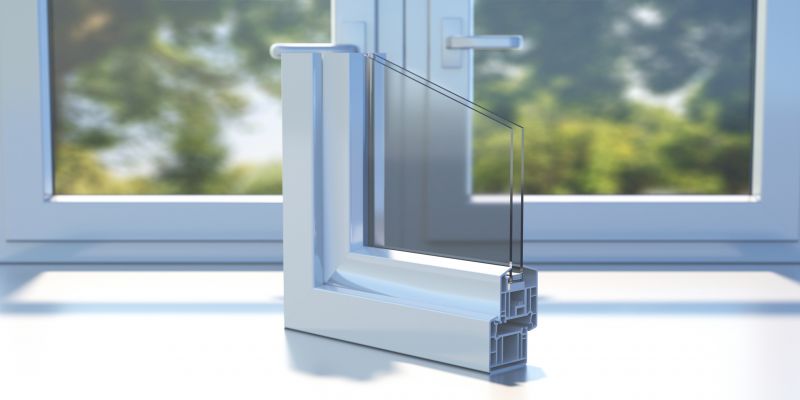
Installing new glass panes restores clarity and insulation properties.
Cracks, drafts, condensation, and difficulty opening or closing are common indicators.
Addressing issues early can prevent costly replacements and improve energy efficiency.
Consider weather conditions and the scope of repairs to select the best season.
Professional repairs ensure proper sealing, safety, and longevity of results.

